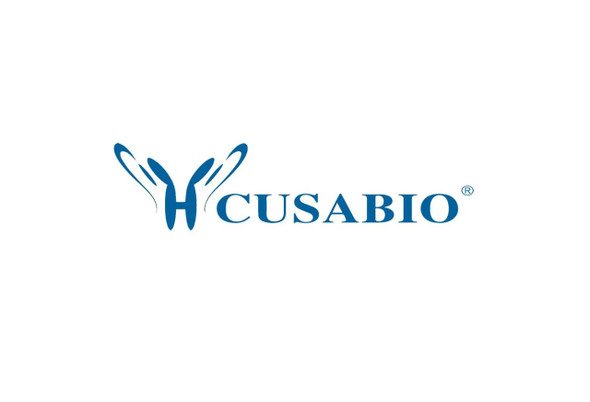Cusabio Human Recombinants
Recombinant Human Pleckstrin homology-like domain family A member 2 (PHLDA2) | CSB-EP687493HU
- SKU:
- CSB-EP687493HU
- Availability:
- 13 - 23 Working Days
Description
Recombinant Human Pleckstrin homology-like domain family A member 2 (PHLDA2) | CSB-EP687493HU | Cusabio
Alternative Name(s): Beckwith-Wiedemann syndrome chromosomal region 1 candidate gene C protein Imprinted in placenta and liver protein Tumor-suppressing STF cDNA 3 protein Tumor-suppressing subchromosomal transferable fragment candidate gene 3 protein p17-Beckwith-Wiedemann region 1 C
Gene Names: PHLDA2
Research Areas: Cell Biology
Organism: Homo sapiens (Human)
AA Sequence: MKSPDEVLREGELEKRSDSLFQLWKKKRGVLTSDRLSLFPASPRARPKELRFHSILKVDCVERTGKYVYFTIVTTDHKEIDFRCAGESCWNAAIALALIDFQNRRALQDFRSRQERTAPAAPAEDAVAAAAAAPSEPSEPSRPSPQPKPRTP
Source: E.coli
Tag Info: N-terminal GST-tagged
Expression Region: 1-152aa
Sequence Info: Full Length
MW: 44.1 kDa
Purity: Greater than 90% as determined by SDS-PAGE.
Relevance: Plays a role in regulating placenta growth. May act via its PH domain that competes with other PH domain-containing proteins, thereby preventing their binding to membrane lipids
Reference: "A 2.5-Mb transcript map of a tumor-suppressing subchromosomal transferable fragment from 11p15.5, and isolation and sequence analysis of three novel genes." Hu R.-J., Lee M.P., Connors T.D., Johnson L.A., Burn T.C., Su K., Landes G.M., Feinberg A.P. Genomics 46:9-17(1997)
Storage: The shelf life is related to many factors, storage state, buffer ingredients, storage temperature and the stability of the protein itself. Generally, the shelf life of liquid form is 6 months at -20?/-80?. The shelf life of lyophilized form is 12 months at -20?/-80?.
Notes: Repeated freezing and thawing is not recommended. Store working aliquots at 4? for up to one week.
Function: Plays a role in regulating placenta growth. May act via its PH domain that competes with other PH domain-containing proteins, thereby preventing their binding to membrane lipids (By similarity).
Involvement in disease:
Subcellular Location: Cytoplasm, Membrane, Peripheral membrane protein
Protein Families: PHLDA2 family
Tissue Specificity: Expressed in placenta and adult prostate gland. In placenta, it is present in all cells of the villous cytotrophoblast. The protein is absent in cells from hydatidiform moles. Hydatidiform mole is a gestation characterized by abnormal development of both fetus and trophoblast. The majority of hydatidiform moles are associated with an excess of paternal to maternal genomes and are likely to result from the abnormal expression of imprinted genes (at protein level). Expressed at low levels in adult liver and lung, and fetal liver. Expressed in adult brain and neuroblastoma, medullablastoma and glioblastoma cell lines.
Paythway:
Form: Liquid or Lyophilized powder
Buffer: If the delivery form is liquid, the default storage buffer is Tris/PBS-based buffer, 5%-50% glycerol. If the delivery form is lyophilized powder, the buffer before lyophilization is Tris/PBS-based buffer, 6% Trehalose, pH 8.0.
Reconstitution: We recommend that this vial be briefly centrifuged prior to opening to bring the contents to the bottom. Please reconstitute protein in deionized sterile water to a concentration of 0.1-1.0 mg/mL.We recommend to add 5-50% of glycerol (final concentration) and aliquot for long-term storage at -20?/-80?. Our default final concentration of glycerol is 50%. Customers could use it as reference.
Uniprot ID: Q53GA4
HGNC Database Link: HGNC
UniGene Database Link: UniGene
KEGG Database Link: KEGG
STRING Database Link: STRING
OMIM Database Link: OMIM









